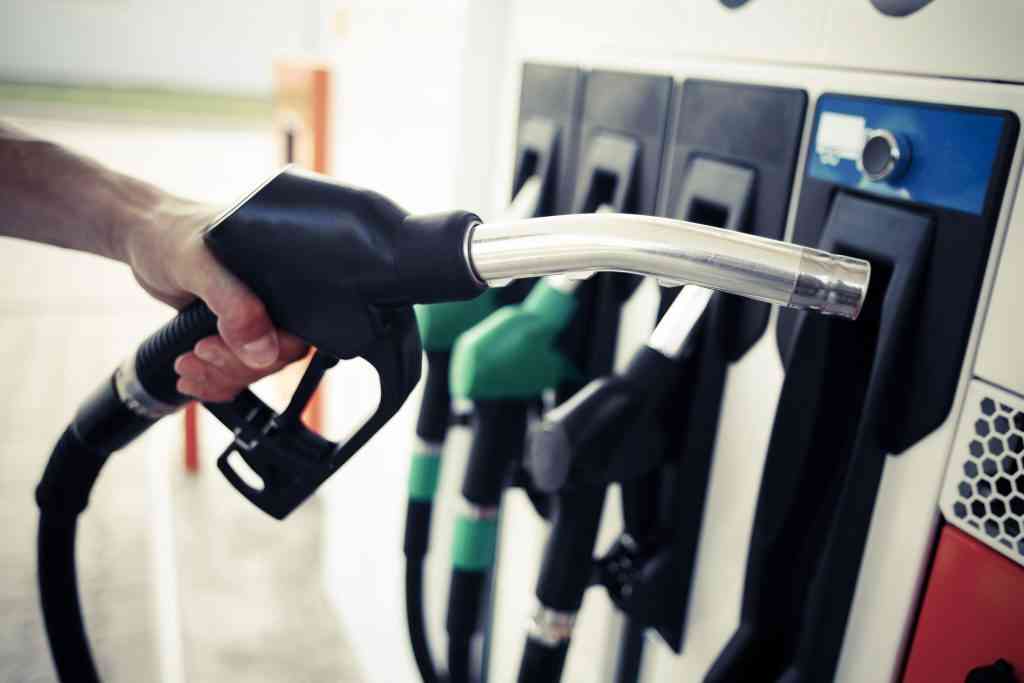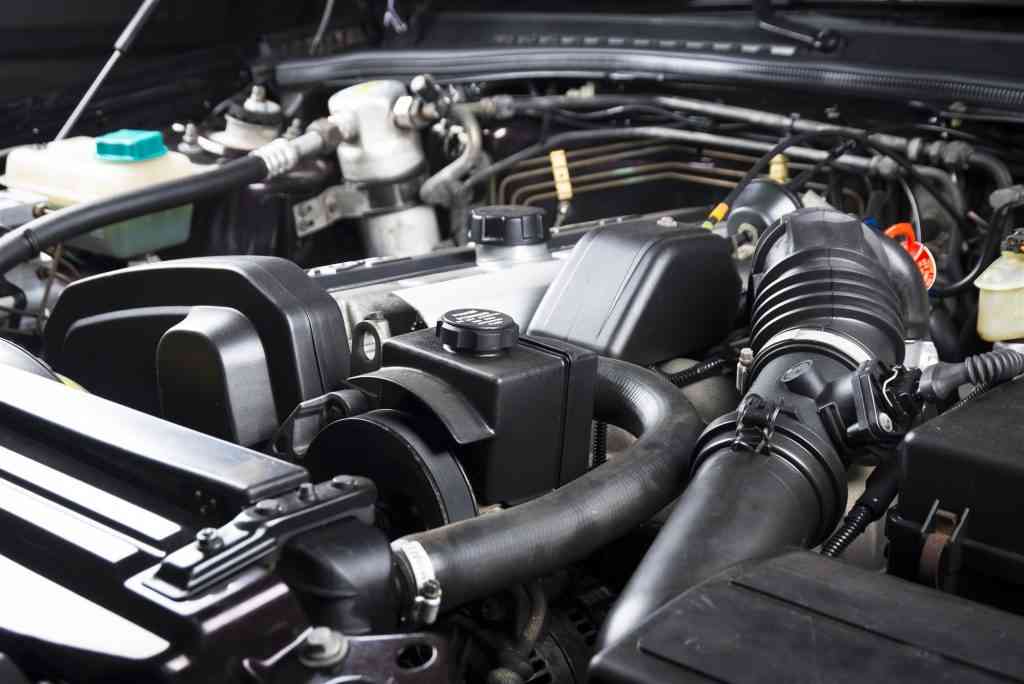As a vehicle owner, we are sure you must be familiar with the concept of regular and premium gas. Apart from the price tag, car owners also need to familiarize themselves with how each of these performs. It leads many to ask questions if one type of gas is better than the other, and if it depends on the type of vehicle one is driving. Thus, the most common distinction that arises is premium versus regular gas in cars. Let us understand this difference further.
Contents
Primarily, you need to find out about what the vehicle manufacturer has recommended as far as fuel is concerned. You can check out the owner’s manual, where the maker mentions it. The next place to look for is inside the fuel door, which will indicate the fuel requirement of the car.
Please remember that vehicles requiring premium gas would mention, “Premium unleaded fuel only,” with the minimal octane rating. However, there are not many vehicles, which require premium fuel. It does not mean that premium fuel will help you operate the car without damaging the vehicle engine. You should browse online to find the best maintenance tips for your car engine.
Let us now understand what each type of fuel offers to keep your vehicle running.0
In the case of regular unleaded gas, it is the most common fuel utilized by various cars. The regular unleaded gasoline is a byproduct of crude oil, is highly combustible, and does not contain any lead compounds. It makes it an eco-friendly product, and less harmful to health, as compared to gasoline with lead. The octane rating of regular gas is 87.
On the other hand, the premium gas contains some characteristics of the regular unleaded gasoline. The production includes crude oil and is a flammable substance. The octane rating of the premium gas is 90 or higher, which gives it the name of high-octane gasoline. Premium gas also keeps the engine cleaner, as it has detergent additives. It is one of the primary premium versus regular gas difference.

SEE MORE:
2. Price Difference
Without a doubt, premium gas is expensive than the regular gas, as it has a higher octane rating. The price can differ depending on the location; the range remains between 20 and 40 cents per gallon. However, the amount can increase to thousands of dollars every year, especially if you drive the vehicle frequently.
3. Engine Suitability
Although both types of gases are highly combustible substances, the regular gas burns faster than the premium gas. It is highly suitable for engines with low compression ratio, which does not need to produce a lot of power.
However, on the other hand, the premium gas does not ignite that easily. It is the best choice for engines with high compression ratio, especially those that use turbocharging.

Summary
In the difference of premium versus regular gas, each has its share of pros and cons. However, you need to pay due attention to what type of gas does your vehicle need for optimum performance.



